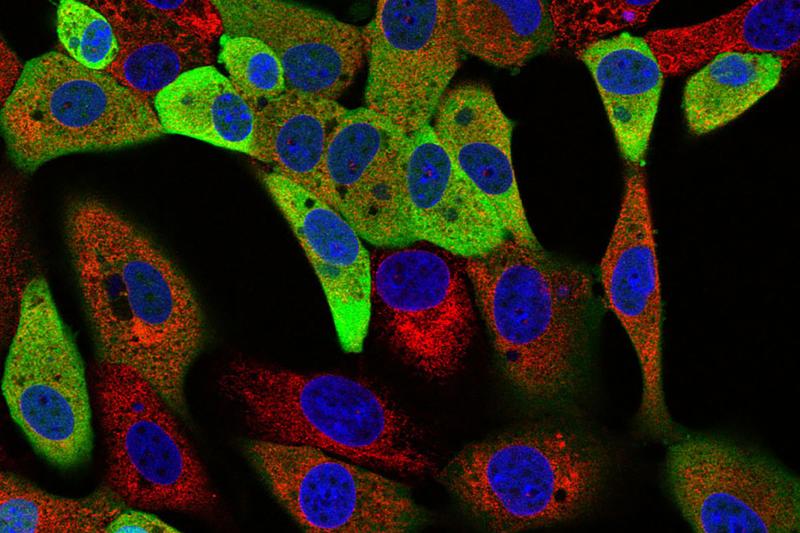Researchers gain insight into how ASFV enters, replicates in pig cells
Pirbright scientists can now explore factors affecting how African swine fever replicates.
February 23, 2024

Researchers from The Pirbright Institute are joining University College London experts in a study to understand how African swine fever virus enters and replicates in pig cells.
Scientists at UCL’s Institute of Structural and Molecular Biology, led by Professor Finn Werner and funded by BBSRC and the Wellcome Trust, have taken a major step forward in understanding how ASFV genes are controlled and expressed - the process by which the gene’s coded information becomes an active function in a cell.
ASFV causes a fatal disease of domestic pigs and wild boar that can have a severe socio-economic impact on affected countries.
The virus replicates inside a host cell and uses its own machinery to transcribe its genes into mRNAs – molecules that either instruct cells to make a protein required for replication or change the host cell function.
In a breakthrough paper published in Nature Communications, the UCL team assembled eight proteins, comprising the ASFV RNA polymerase, to produce an active complex that can transcribe genes and produce mRNA.
They then used cryo-electron microscopy to solve the molecular structure of the RNA polymerase in unprecedented detail. The structure revealed similarities with its host counterpart, but also many unique features that reflect adaptions of this molecular machine to better serve virus gene control.
The research will now allow a team of Pirbright scientists to explore factors affecting how ASFV replicates in swine.
Linda Dixon and Chris Netherton, Pirbright’s co-leads on the project, said: “Studying how viruses enter and replicate in the hosts cells is of fundamental importance to understand how to tackle disease”.
“Knowledge of the RNA polymerase structure and the availability of an active enzyme is an exciting development and will allow for faster screening of antiviral compounds to find those with sufficient specificity and selectivity to be used to control ASFV.
“Our role in the study will be to identify other accessory virus and host factors involved in regulating the temporal expression of ASFV genes and the packaging of the virus RNA polymerase into particles ready to start a next round of infection.
“This information is critical to understand the ASFV replication cycle and potential host factors that may limit virus replication.”
The joint study is built on long-standing collaboration. In 2020, researchers at UCL and Pirbright announced they had mapped the expression of genes across the entire ASFV genome, which helped to establish their order of activation as well as uncovering new genes.
You May Also Like



